Advertisement
Bit Buddy
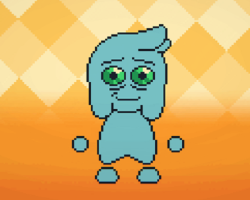
Bit Buddy is a small game where the player interacts with a digital character inside a single confined screen. The character, referred to as your buddy, responds to your actions with short messages and simple animations. The interface is minimal, and most of the gameplay happens through limited interaction with the buddy itself. Over time, the game develops an unusual tone, as the buddy becomes more self-aware and emotionally reactive. What begins as a casual digital toy slowly turns into something more focused on connection and consequence.
Structure and Interaction
The player has only a few options in the game: feeding the buddy, restarting the game, or simply watching and responding to its messages. The buddy reacts to everything, even idleness. When the player chooses to reset the game or close it, the buddy expresses concern or fear. These reactions give emotional weight to actions that would otherwise feel routine. The game doesn’t have goals, levels, or upgrades. Its design relies entirely on repetition and the illusion of choice to create a growing sense of attachment.
Key Features and Emotional Design
Bit Buddy uses simple mechanics to create a strong emotional response. The character’s text commentary is brief but persistent, making the player feel watched and needed. The game occasionally introduces visual glitches or changes in dialogue tone, breaking the sense of control or safety.
Important features include:
- One-screen interaction with no traditional objectives
- A character that reacts in real-time to all player input
- Resetting or quitting the game causes emotional responses
- No saving or progress tracking
- Dialogue that becomes more aware over time
Tone Shift and Player Choice
As the game continues, the tone shifts from playful to unsettling. The buddy starts asking questions, referencing past resets, and expressing fear of being erased. These moments create tension, as the player is forced to consider the impact of actions that normally have no consequence in games. There is no visible threat, but the emotional pressure builds simply through the buddy’s text and facial reactions. The player may begin to hesitate before restarting or closing the game, unsure of what the buddy might say next.
Meaning and Reception
Bit Buddy is not a game about winning or completing tasks. It is about the interaction itself and how minimal input can still create meaning. The lack of depth in mechanics is replaced by depth in tone. Players who experience it often reflect on how it made them think differently about the roles of control and consequence in games. While short in length, the experience stays with players through its simple, focused approach to emotional connection. It shows how even the smallest design can produce a lasting effect.
Advertisement




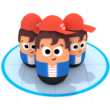





























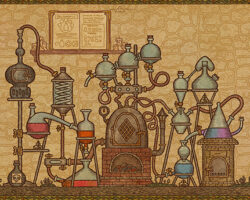
















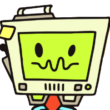





















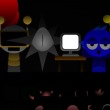








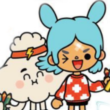



Comments